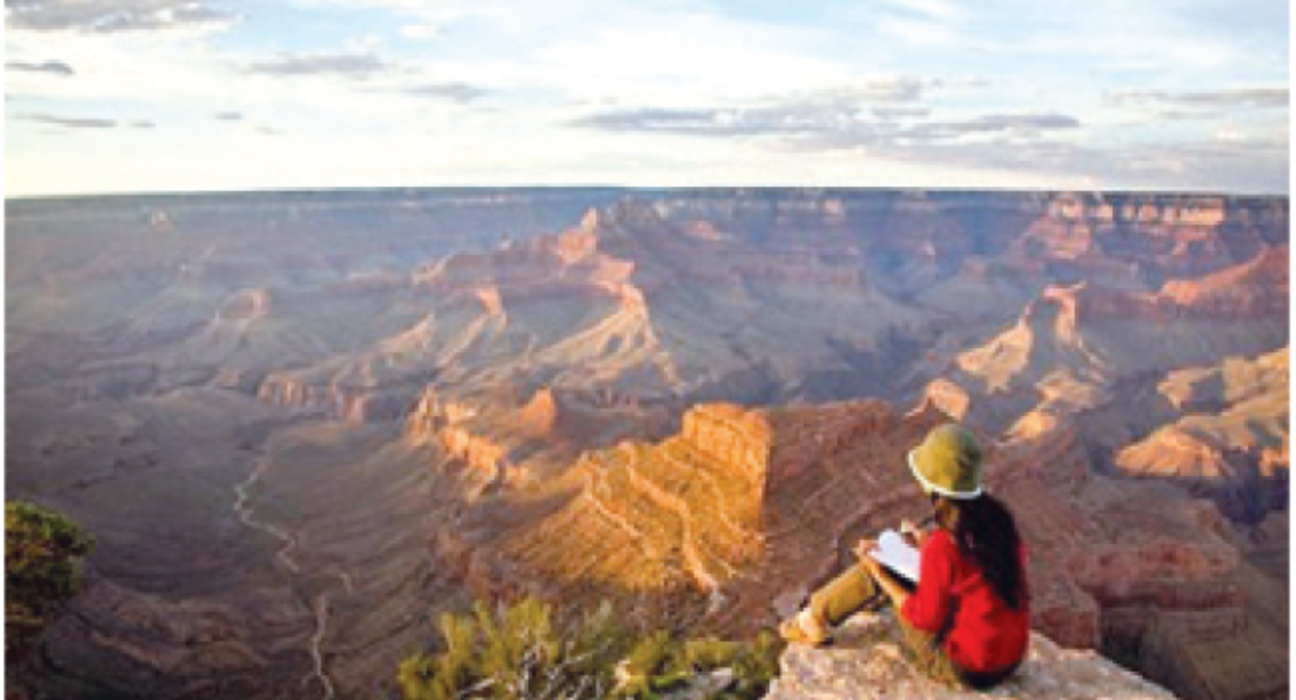Travel storytelling has evolved significantly over the years, transitioning from traditional travelogues to modern vlogs in the digital age. In the late 1990s, veteran journalist Dharmasiri Gamage’s travel articles captivated readers with vivid descriptions of exotic locales, providing a window into distant lands in an era before widespread digital access. However, with the advent of digital technology and platforms like YouTube, travel storytelling has undergone a fascinating transformation, giving rise to immersive and interactive vlogs that offer a richer experience for viewers.
While traditional travelogues documented journeys through text and illustrations, modern vlogs leverage visual and auditory elements to create a more immersive experience. Viewers can now accompany vloggers on their adventures, experiencing sights, sounds, and emotions firsthand. Moreover, vlogs allow for greater interactivity, enabling viewers to engage with content creators and participate in the travel experience through comments and messages.
Despite the rise of vlogs, travel literature continues to hold its appeal, offering a depth and nuance that can be lacking in fast-paced vlogs. Travelers still rely on trusted resources like guidebooks and online reviews for detailed descriptions and real-world experiences. Additionally, travel blogs provide a convenient alternative to vlogs, offering accessible and hands-free exploration of destinations at one’s own pace.
As technology continues to advance, we can expect further innovations in travel storytelling, blurring the lines between viewer and traveler. While vlogs offer a contemporary and immersive experience, travel literature remains a cherished tradition for those seeking introspective and detailed narratives. Ultimately, both mediums contribute to our understanding and appreciation of the world, catering to diverse preferences and interests among travelers.
